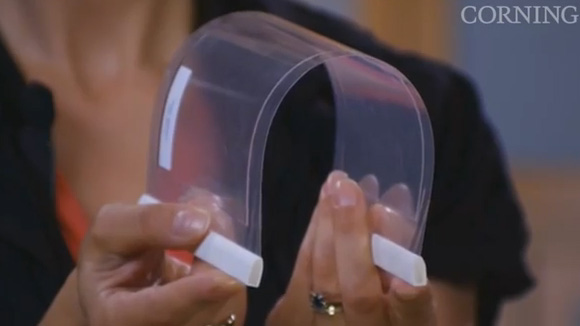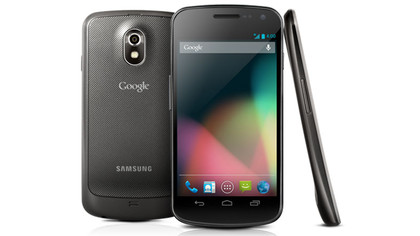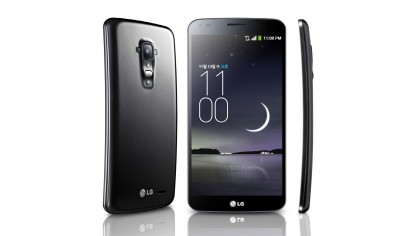
Imagine a smartphone that's bigger to look at then it is to carry around in your pocket. No, we're not talking about some fanciful Dr Who gizmo. We're talking about the near-future of smartphone design.
You see, the next big thing in smartphone display technology has nothing to do with resolution. There are only so many pixels packed into a square inch that the human eye can see, after all.
Nor are we talking about a bold new panel technology. In fact, this fantastical gadget that we're discussing today will use OLED technology, which has been around for years.
Rather, the future is fully flexible. The recently released Samsung Galaxy Round and LG G Flex are but tantalising glimpses of a whole new approach to mobile phone design. One that abandons the clumsy, fragile bricks that we carry around with us today in favour of something bendier and tougher.
Early steps
The aforementioned Galaxy Round and G Flex are only the first step on the road to fully flexible phones. You might be surprised to hear that they're even that, if you can remember the release of the Samsung Galaxy Nexus and the Nexus S before it.
Both Google-approved phones, which launched in 2011 and 2010 respectively, featured banana-like bends in their screens. Their similarity to the LG G Flex, however, was only skin deep.

These curved phones simply used curved glass to achieve their effect. The actual display panel was as straight and as rigid as ever. With the LG G Flex, meanwhile, the whole display bends subtly upward towards the two ends.
Get daily insight, inspiration and deals in your inbox
Sign up for breaking news, reviews, opinion, top tech deals, and more.
Of course, you might question the benefits of such an approach. LG would say that it mimics the immersive quality of its curved OLED TV sets when watching HD video - a kind of wrap-around effect that pulls you into the picture. There's also the fact that it fits the contour of your face more readily when making calls.
Material benefits
But the truth is, both the LG G Flex and the Samsung Galaxy Round are initial steps towards something completely different. In future, these bendy displays will be attached to similarly flexible bodies, creating whole devices that move and flex. Eventually, you'll be able to fold your smartphone up like a piece of paper.
The most immediate benefit of this technology, though, will be significantly tougher smartphones. Why? Because a key part of the development of these flexible phones is the replacement of fragile glass components with plastic ones.
Of course, that's the theory. In practice, replacing these traditional materials has posed a considerable problem for component manufacturers.

There's a reason we still use such a heavy, fragile material as glass to cover a large part of our £600 smartphones. Glass isn't just handy for its transparency - it also acts as a brilliant barrier.
"It has been challenging to make robust enough flexible OLED displays," a spokesperson for Finnish tech company Canatu Oy told TechRadar. "Materials for OLED emitting layers are very sensitive to air and moisture, and it has been difficult to develop air and humidity-tight enclosure packages that withstand extreme repeated bending and folding."
It's very tricky to find a flexible polymer that can get close to the performance of good old glass when it comes to keeping out the elements. Of course, various material solutions have now been formulated, which is why the flexible phone revolution looks set to begin.
Enter OLED
As we've hinted at already, current and forthcoming flexible displays utilise the unique properties of OLED technology.
OLED stands for Organic Light Emitting Diode, which means that the thin layer of material that emits the light necessary for an electronic picture is made up of organic compound. Unlike LCD technology, each pixel in an OLED display lights itself, rather than relying on a separate backlight system.